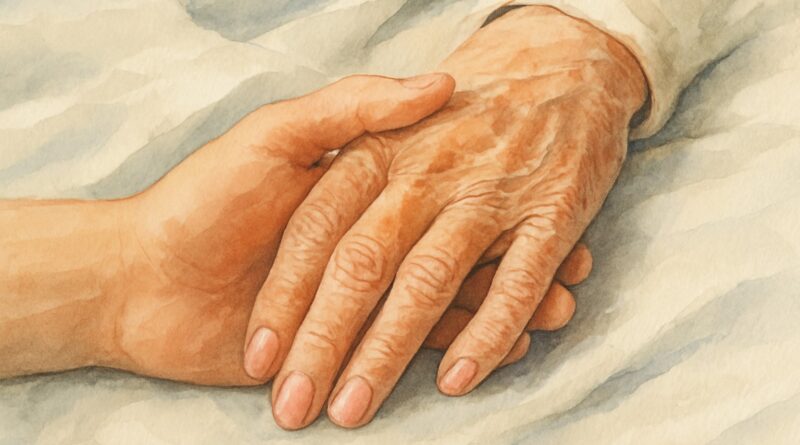Virtues: Acceptance
Acceptance is not resignation. It is the moment when the mind stops fighting reality and starts working with it. I learned that watching a man who rides a three-wheeled electric bike around Tampa with a smile that seems to rise from the inside out.
The Stoics taught that acceptance begins when we stop struggling against what we cannot change. I have been learning this the slow way, through grief, uncertainty, and the small moments that reveal what the heart is holding.
Read more




